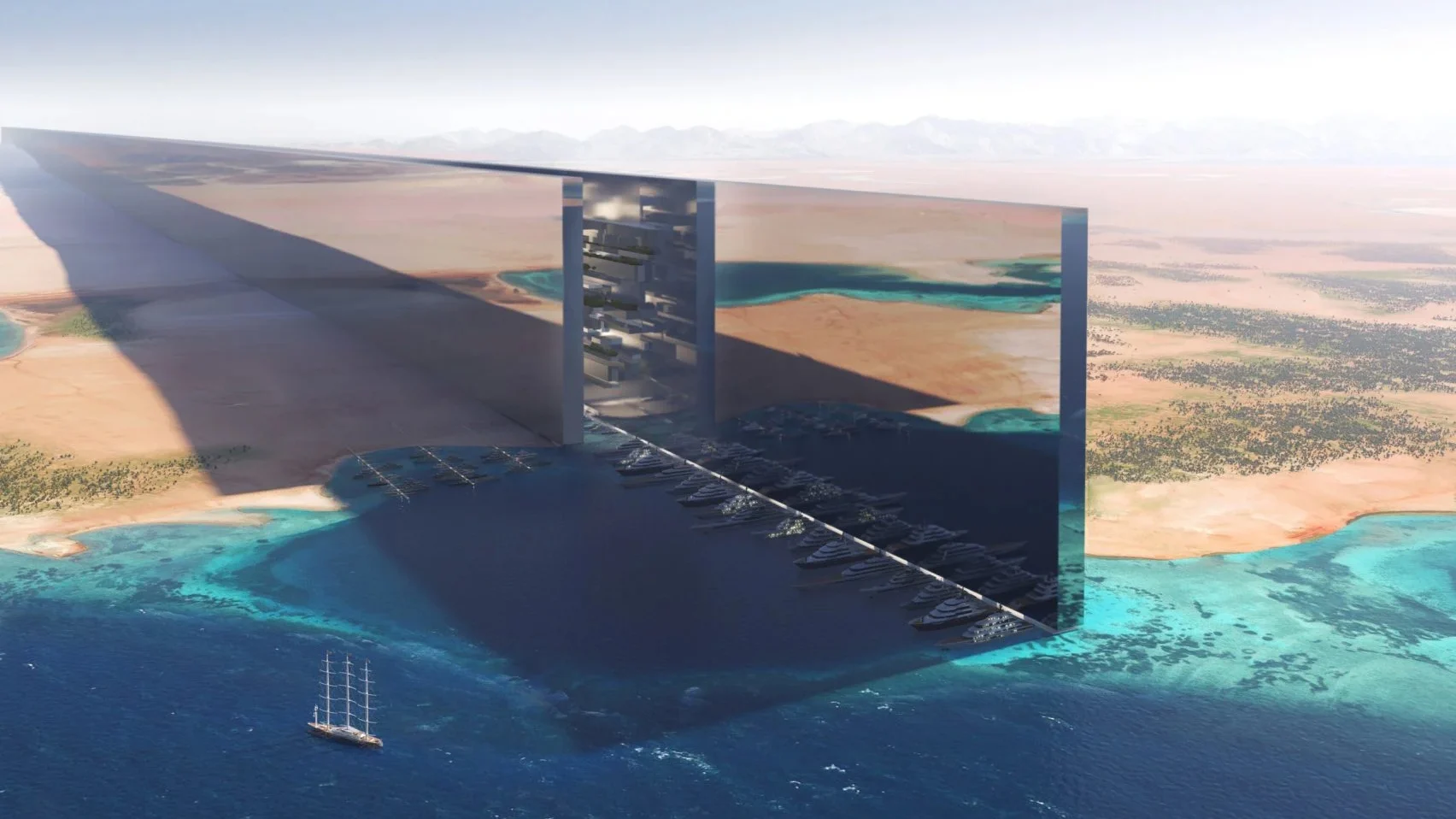Building Utopia Upon A Rising Sea
The Ecotopia 2121 Project details the futures of 100 cities across the globe as though they've somehow overcome all social and environmental problems to become super-ecofriendly. This week we highlight the future of Goa Velha.
Goa is a former Portuguese colony on the Arabian Sea coast of India. In 1961 it was annexed to become a state within the Republic of India. The Portuguese legacy, though, is still noticeable in the architecture as well as in the large Catholic community.
In 22nd Century Goa, the Goans may feel the need to put some distance between their State and the rest of India once again due to some of India’s objectionable environmental decisions. For example, If we project some of India’s ongoing development impulses into the future, it is likely that the following will be forced on or impact upon Goa:
-the lack of commitment shown by the Indian government to slow down the nation’s greenhouse gas emissions,
-the prospective construction of experimental thorium nuclear plants in Goa,
-the selling of Goa’s forests for timber exports,
-the encouragement of laborers from all around India to come and work in Goa,
-the development of an aluminum smelter near Goa’s Western Ghats nature reserve.
A major problem is that Goa is suffering dire global warming problems but the Indian government does not seem to want to work at mitigating them. Indeed, because Goa is the wealthiest state in the country, the Indian government prefers to levy an extra tax upon Goans in order to fund climate-change adaptation measures. It seems like the Indian leaders don’t seem to want to work to halt climate change but just everybody to put up with it and adapt to it as best they can. Added to this is the fact that many Goans will not want non-Goans to come and settle there, since they will feel an increased population will only make problems worse. And so Goans will probably campaign, ever more dramatically, to be independent again.
Whether or not full independence is achieved by 2121, Goa will be afflicted by global sea level rise. In this scenario, the growing coastal town of Goa Velha has had to adapt physically to the rise of sea level and the erosion of land. Here, families of Goa Velha are occupying prefab houses perched on sturdy stilts. By 2121, every new school and health clinic in Goa is also built in this same way and the predominant form of transport between then has become the traditional Dhow.

The Utopia of Goa 2121 by Alan Marshall
As the sea level rose, and Goans watched parts of their state disappearing, the city government — as well as the Catholic Church — set about imploring people to adopt an adaptive eco-friendly lifestyle so that the climate problems are not made more extreme. This is likely to have unexpected consequences since some individuals will decide to embrace a simpler life; giving up cars, luxuries, and also, their clothes.
According to nudists and naturists of today, the benefits of not wearing clothes include:
a) encouraging a lighter ecological footprint on the world by eschewing the resources needed to make clothes,
b) ejecting clothes-based stratification in society,
c) encouraging sports and fitness and hygienic bathing,
d) encouraging healthy diets and a healthy social life,
e) encouraging tourism and international solidarity between a global community.
The new architecture of Goa Velha 2121, does something in itself, to promote an initial burst of family nudism, since the residences are far enough apart that the resident families can go without clothes without annoying neighbors or passers-by. More and more, though, social nudism becomes a trend, and Goans begin to attend beachfronts, then entertainment centers, and then shopping venues, without clothes.
Over the years between now and 2121AD, there are likely to be many supporters and many critics of the practice of social nudism including some emerging from sections of the Indian government and the Goan Catholic Church. However, as Goa becomes famous for social nudism around the world, its economic value to Goa becomes apparent since naturist tourists flock into the State, bringing money and an ever-more liberal acceptance of the practice. The Goa State government is soon vexed as to whether to discourage, ignore or embrace the practice. Many arguments ensue, and successive governments will undoubtedly have different attitudes about it. Some will suggest it should remain a private practice confined to private residences but this does not stop tens of thousands of naturists from happily wandering around Goa conducting their daily affairs without wearing clothes.
Apart from the beach life and hippy culture of Goa (which is readily apparent even today in the early 21stCentury) one of the reasons that social nudism finds acceptance here is its historical precedence. In the 4th Century BC, Alexander the Great travelled to India and found wandering groups of naked holy men whom he dubbed the naked philosophers. Christianity, as well, has been more accommodating to nudity in times past and so even the Catholic Church might be able to tolerate it, especially when they realize many naturists are not only strongly spiritual but also committed Christians. Nudism and naturism also advance the values of vegetarianism, tee-totalism and yoga, which are already well-respected nowadays in most parts of India.
By 2121AD, social nudism in Goa has become fairly well-united with the environmental aspirations of Goa State. As well as this, it is also becomes a growing part of a cultural identity that makes Goa different from the rest of India; reinforcing the political aspirations of those Goans that campaign for independence.
For the full story of 'Goa 2121', check out the 'Goa' chapter of the book Ecotopia 2121




















